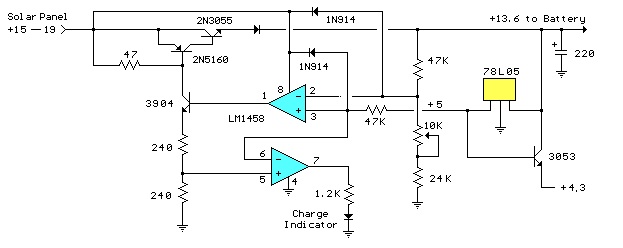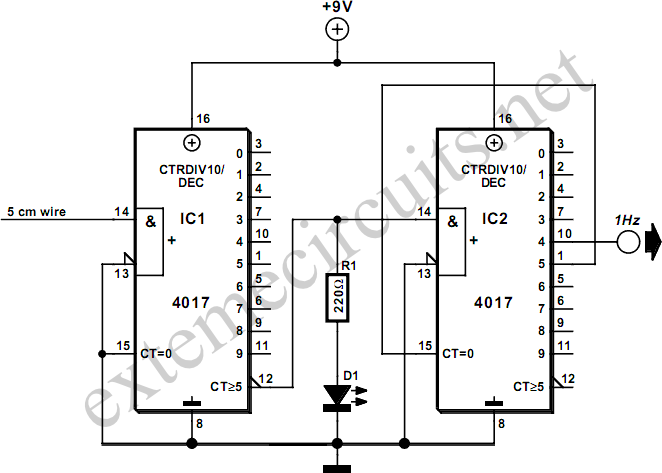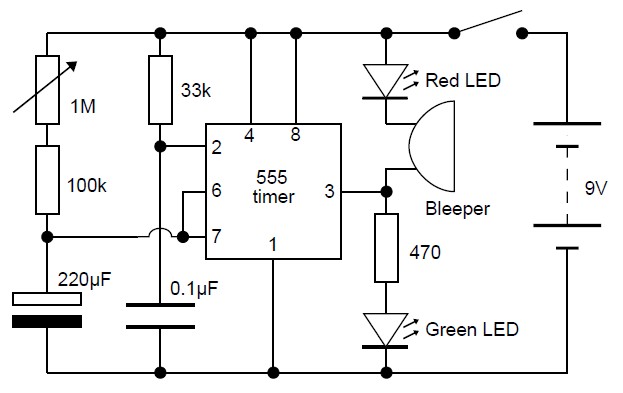

The functions of various keys (switches) used in the setting mode are as follows: Setting mode.When switch SW 1 is in the setting mode, the display shows only hours and minutes in the upper 7-segment displays, and seconds and alarm time displays remain off. SW 8 (snooze): Used to put off the alarm for a short duration and activate it after every nine minutes five times this switch is not shown in the circuit. SW 7 (seconds): Used to display units and tens digits of the seconds display along with the units digit of the minutes display in the upper 7-segment LEDs. (It reactivates automatically after every 24 hours.) SW 6 (alarm off): Used to turn off the alarm timing. SW 5 (alarm): Used to display alarm timing in upper, as well as lower 7-segment, LED displays simultaneously.
#SILENT CLOCK CIRCUIT TV#
This output can be used to control external appliances such as radios and TV sets from the sleep output. DIS 3-DIS 4 and DIS 9 – DIS 10, simultaneously. SW 4 (sleep): Used to display sleep timing in upper as well as lower 7-segment minutes LEDs, i.e. The functions of various keys (switches) used in the normal mode are as follows: Setting up the clock | Digital Clock Circuit with Seconds and Alarm Time Display

Thus, AM/PM for alarm time and normal time (DIS 1-DIS 6) can be known from the blinking of the f/e segment of DIS 7 and the blinking of LED 1/LED 2, respectively. The blinking of the segment of DIS 7 and LED 1/ LED 2. Pin 1 and 40 of IC 3 are connected to f and e pins respectively of the ten-digit an hour of the alarm display (DIS 7) which is further connected to the anode of LED 1 and LED 2 as shown in the circuit diagram.

IC 3 further divides it and a 1 Hz signal is obtained at pin 39 and given to LED 1 and LED 2 to blink for AM and PM. The f and e segment of DIS 7 are used to represent AM and PM respectively for the alarm time display.Ī crystal oscillator of 4.9152 MHz is connected to pins 10 and 11 of IC 4 as shown in the circuit diagram which divides the oscillating frequency by 16,384 times and a 300 Hz clock pulse is obtained which is further fed to IC 5 which divides 300 Hz clock pulse by 6 to obtain 50 Hz clock pulse and given to pin 36 of IC 3. As in hour display, only two segment b and c of the LED is used to display 1 in display 7 (DIS 7). The lower four 7-segment display is used to display alarm time. The upper 3-pair of display (DIS 1 through DIS 6) is used to display hour, minutes, and second, where to display 1 (DIS 1) of hours used only two segments (b, c) of the LED to display 1 when the hour display reaches 10 and above. The output pin 4, 3, and 2 of IC 2 is connected to transistor T 2 through T 4 respectively to ground all the 7-segment displays. Timer IC NE555 is used here as a multivibrator which is further combined with CMOS decoder IC (IC 1) to switch the two push-to-on switches for second and alarm, output from pins 2 and 3 of IC 1 is connected to pins 31 and 32 respectively to switch second/alarm time display. The entire circuit of the Digital Clock Circuit with Second and Alarm Display is built around clock chip IC (IC 3) followed by CMOS decoder (IC 1, and IC 5), timer IC NE555 (IC 2), and 14-stage counter IC (IC 4). Circuit Description of Digital Clock Circuit with Seconds and Alarm Timer Display


 0 kommentar(er)
0 kommentar(er)
